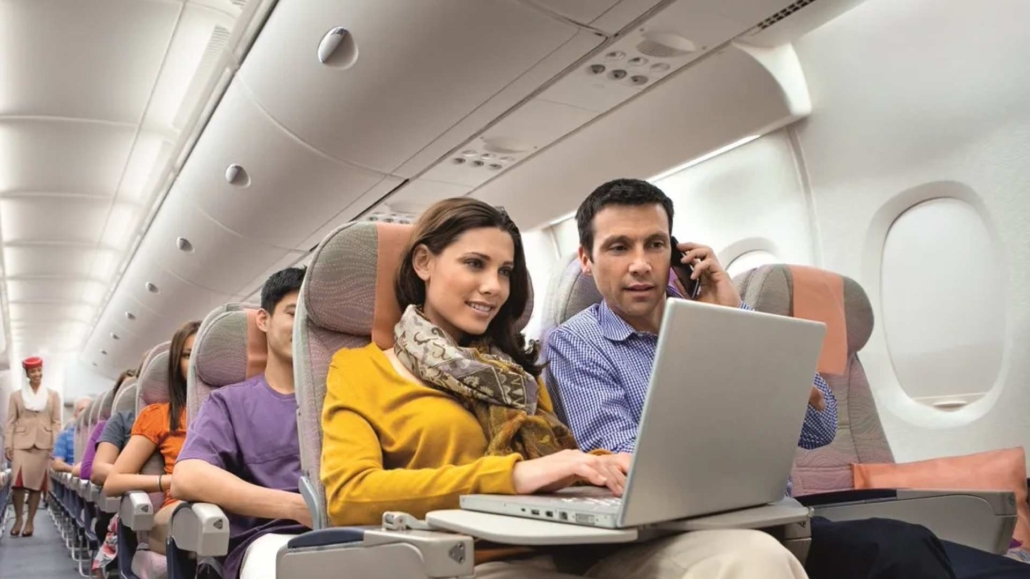Traveling abroad can be one of the most enriching experiences, but staying connected while on the go is essential for safety, communication, and convenience. Whether it’s keeping in touch with loved ones, navigating new cities, or managing work remotely, international travelers rely on technology more than ever before. With a little planning, you can ensure seamless connectivity across borders and enjoy your trip without unnecessary disruptions.
Choosing The Right Mobile Solutions
One of the first steps to staying connected is selecting a mobile plan that works internationally. Many providers now offer global roaming packages, but local SIM cards are often cheaper and provide faster connections. For frequent travelers, an eSIM is a flexible option, allowing you to switch between plans without physically changing cards.
This adaptability can be compared to an instagram hidden face aesthetic boy mirror selfie—it may look subtle, but it reflects intentional choices that fit different contexts. Just as this aesthetic captures versatility in style, choosing the right mobile solution ensures you’re equipped to adapt anywhere in the world.
Leveraging Wi-Fi And Hotspots
Wi-Fi remains one of the most cost-effective ways to stay connected abroad. Many hotels, cafés, and airports offer free access, though speeds and security can vary. To stay safe, consider using a Virtual Private Network (VPN) when connecting to public Wi-Fi.
Some businesses even advertise free Wi-Fi as part of their services, making them attractive to international visitors. Platforms like business listing sites for Australia highlight companies offering traveler-friendly amenities, ensuring you know where to go for both convenience and connectivity.
Staying Emotionally Connected
While technology makes it easy to call or text, international travel can sometimes feel isolating. Staying connected isn’t just about internet access—it’s also about maintaining emotional ties with family and friends. Setting aside time for video calls or sharing updates can reduce homesickness and strengthen relationships.
This emotional aspect mirrors the cultural resonance of platforms like MySadShayari, where people share their feelings and experiences. In the same way, travelers often use messaging apps or social platforms to express emotions, bridging the distance between themselves and loved ones back home.

Using Digital Directories For Navigation
International travelers often need quick access to reliable information, whether it’s finding accommodations, services, or local contacts. Digital directories make this easier by consolidating essential details in one place.
For instance, an australia home directory helps connect people with property services, but the concept applies globally. Directories serve as digital roadmaps, guiding travelers toward trusted resources. Whether it’s a local rental agency or a housing service, these platforms save time and reduce stress while abroad.
Food And Connectivity Go Hand In Hand
Travelers often rely on restaurants and cafés not only for meals but also as hubs of connectivity. Many eateries provide free Wi-Fi, making them ideal places to catch up on emails, upload photos, or video chat with loved ones.
Just as food lovers depend on restaurant review sites Australia to discover dining options, international travelers can use similar platforms worldwide to find places that combine good food with reliable internet. These spots often become go-to destinations where travelers can refuel both physically and digitally.
Portable Tech Essentials
To maximize connectivity, it’s important to carry the right tools. Portable Wi-Fi hotspots, power banks, and universal adapters ensure you can stay online and keep devices charged. Cloud storage apps also make it easier to back up photos and documents, so you don’t risk losing important files while traveling.
Being prepared with these essentials gives you freedom and flexibility, reducing reliance on uncertain public connections and allowing you to stay in touch anytime, anywhere.
Work And Travel Balance
For many, international travel isn’t just about leisure—work responsibilities continue on the road. Remote workers and business travelers depend on reliable connections to manage meetings, projects, and client communications. Setting up a routine that balances exploration with online commitments helps maintain productivity without sacrificing enjoyment.
Using collaboration tools and scheduling apps ensures smoother communication across time zones. By planning ahead, you can keep professional ties strong while still enjoying the unique experiences of traveling abroad.
Safety Through Connectivity
Beyond convenience, staying connected also enhances safety. Real-time navigation apps help you avoid getting lost, while instant messaging ensures you can contact friends, family, or local authorities in emergencies. Many countries also have travel safety apps that provide updates on local conditions, making it easier to stay informed and prepared.
In unfamiliar environments, connectivity becomes more than a luxury—it’s a lifeline. Ensuring access to communication tools gives you peace of mind throughout your journey.
Conclusion
Staying connected while traveling internationally is about more than just internet access. It encompasses emotional ties, safety, work-life balance, and practical navigation. From selecting the right mobile plan and leveraging Wi-Fi to relying on directories and finding Wi-Fi-friendly restaurants, travelers have more tools than ever to stay in touch across borders. By combining preparation with smart technology, you can enjoy the freedom of exploration without losing touch with what matters most. In today’s world, staying connected isn’t just convenient—it’s essential for a seamless and fulfilling travel experience.











